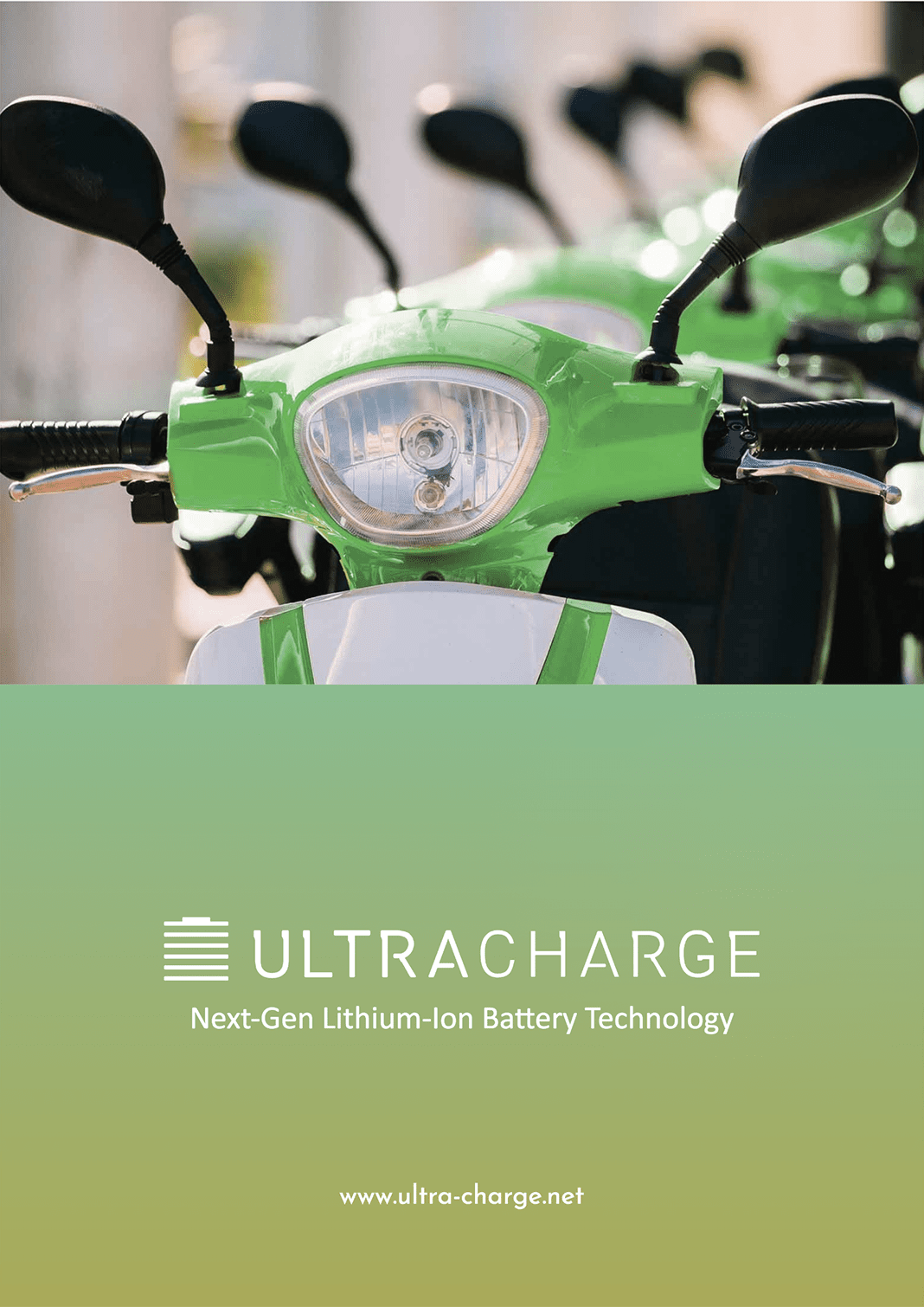With worldwide expertise in renewable energy solutions, the Israel-based battery technology developers at UltraCharge Ltd have produced breakthrough high-performance lithium battery technology for safer, longer lasting, cost-effective energy production and storage.
Both the private and the public sectors are more and more gearing toward electric battery technology to meet their 21st Century needs – be it in handheld communication devices, drones, or electric trains, buses, cars and scooters. With a lithium manganese nickel oxide-based battery, the technology is now also becoming cleaner, and therefore better suited to our times.
Here UltraCharge CEO Kobi Ben-Shabat explains how this technology is transforming business, society and the defence sector, including in:
- Higher power and energy outputs;
- Cheaper and more cost-effective products;
- The environment;
- The electric vehicle market;
- Drones and UAVs; and
- Intercontinental collaboration.
UltraCharge technology and market disruption
The booklet also describes how UltraCharge’s CTO and researchers have identified developing technologies for the lithium-ion market through its presence in Europe, Australia, China and the US.
Through ongoing relationships with prestigious collaborators in business, science and academia, UltraCharge is well-placed to maintain its status as a world-leading battery technology developer.
After briefly showcasing one such collaboration with a partner in the electric scooter market, wherein UltraCharge was selected to produce 30,000 motors for a global customer base, the booklet introduces some of its other partners and clients, highlighting the international prestige of the company it keeps in its aim of producing low-cost, clean and efficient battery technology.
Its key areas of focus are:
- Nanotechnologies for rapid charging – whereby smartphones can gain a full charge in under six minutes;
- Enhanced safety – by being carbon-free there is no risk of thermal runaway, or overheating;
- Advanced lifetimes – UltraCharge technologies can increase the number of charging cycles by up to 20-fold;
- Improved simplicity – allowing rapid integration into current products; and
- Improved cost-efficiency through sourcing low-cost raw materials.


